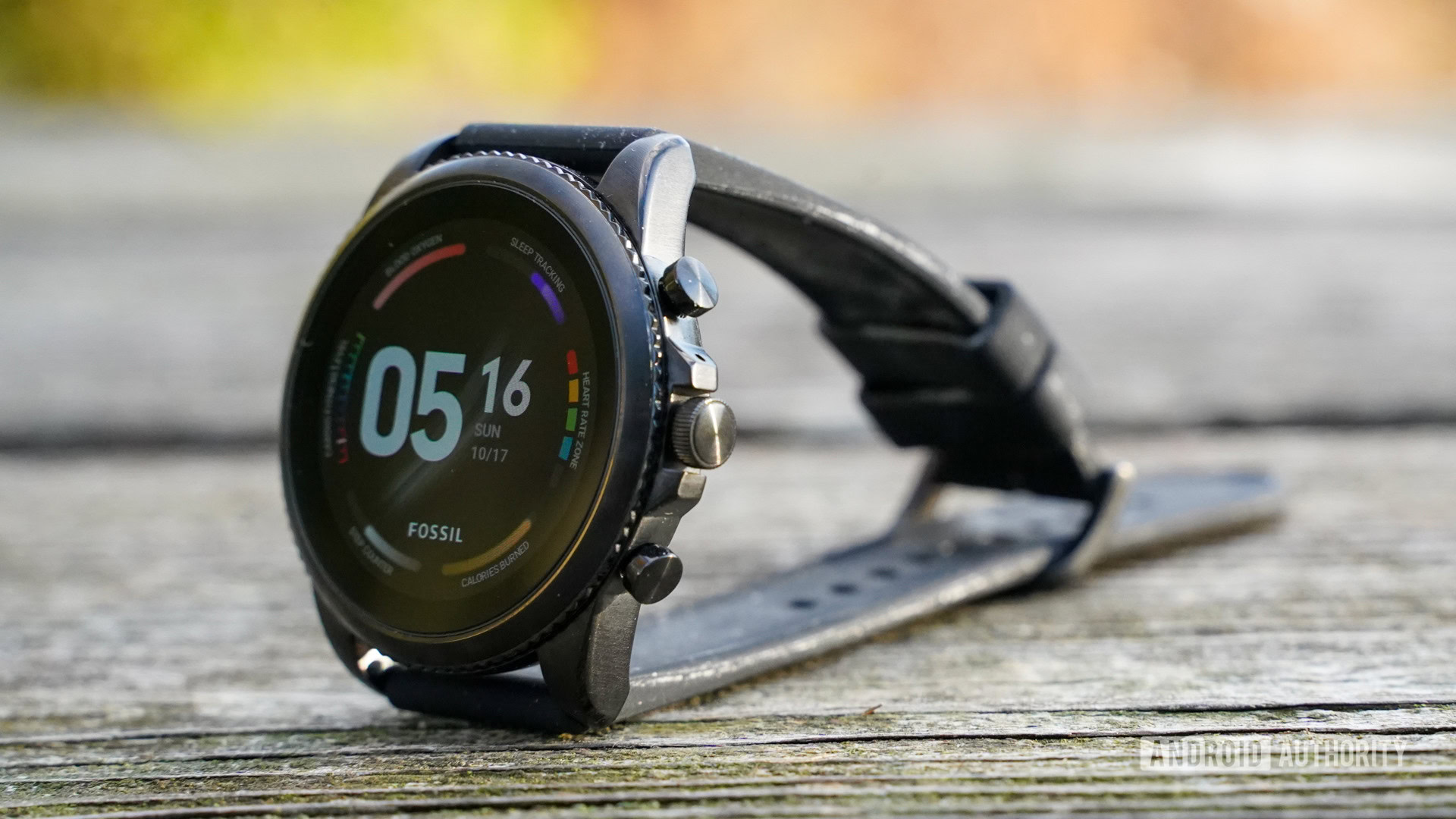Affiliate links on Android Authority may earn us a commission. Learn more.
Details here for new Snapdragon Wear 5100 chipsets for next Wear OS watches
Published onFebruary 22, 2022

- Information has leaked related to the Snapdragon Wear 5100 and 5100 Plus chipsets.
- Qualcomm appears to be making big moves towards energy efficiency with these new models.
- It’s likely we’d see a wearable with at least one of these chipsets launch in 2022.
Smartwatches based on Google’s Wear OS platform all suffer from one major drawback: poor battery life. Despite best efforts from various companies, Wear OS watches just can’t compete when it comes to battery life if you compare them to the Apple Watch and other wearables based on different systems.
According to some newly leaked info (via WinFuture), Qualcomm could be working to combat this problem. Allegedly, the expected Qualcomm Snapdragon Wear 5100 and 5100 Plus chipsets could be all about energy efficiency.
According to WinFuture, Qualcomm has faced some delays, though. Apparently, the company has changed up its original designs for the chipsets, which could result in a later-than-expected launch.
However, we fully expect the Snapdragon Wear 5100 series to launch within a smartwatch at some point in 2022.
Qualcomm Snapdragon Wear 5100
Both versions of the Snapdragon Wear 5100 should be built on a 4nm process. Qualcomm allegedly altered this recently from an originally planned 5nm process, which could result in the previously discussed delays.
Generally, a smaller build process should produce better energy efficiency. It’s early days yet, but if the Wear 5100 is a 4nm build, it would likely be the most energy-efficient wearable chipset from Qualcomm.
A 4nm build could make these chips fast but power-efficient.
Inside, the wearable chipset should have four ARM Cortex-A53 cores that can work at a maximum of 1.7GHz. These cores could be supported by an Adreno 702 GPU with clock speeds up to 700MHz. Up to 4GB of LPDDR4X RAM should be supported, although we doubt a wearable would come with that much (these chips can also be used in non-wearable products). eMMC 5.1 flash memory should also be supported.
The Snapdragon Wear 5100 should also support Bluetooth 5.2 and LTE connections. That last bit will need to be utilized by manufacturers to work, though.
Finally, and most obviously, the Snapdragon Wear 5100 will almost certainly support Wear OS and Android. You should expect wearables with this chip to launch with Wear OS 3 out of the box.
The 5100 Plus model
The 5100 Plus model will have the same specs as the vanilla model. However, it will have an additional chip attached: the QCC5100 co-processor. This product has already been on the market, so we know quite a bit about it.
Essentially, the QCC5100 should be there to handle offloaded tasks from the main chip. Since the QCC5100 is a 22nm build, it will be slower and less power-efficient than the primary chipset. This would make it ideal for handling lower-level tasks such as Bluetooth/WLAN transmission, powering the always-on-display, or even delivering notifications.
Basically, the QCC5100 would handle low-performance tasks while the core of the Snapdragon Wear 5100 Plus wouldd take over when performance is necessary. This should, in theory, make it more powerful and better at regulating power consumption than the vanilla model.
Stay tuned, as we’ll likely soon have a lot more information on these chips and the wearables they will power!